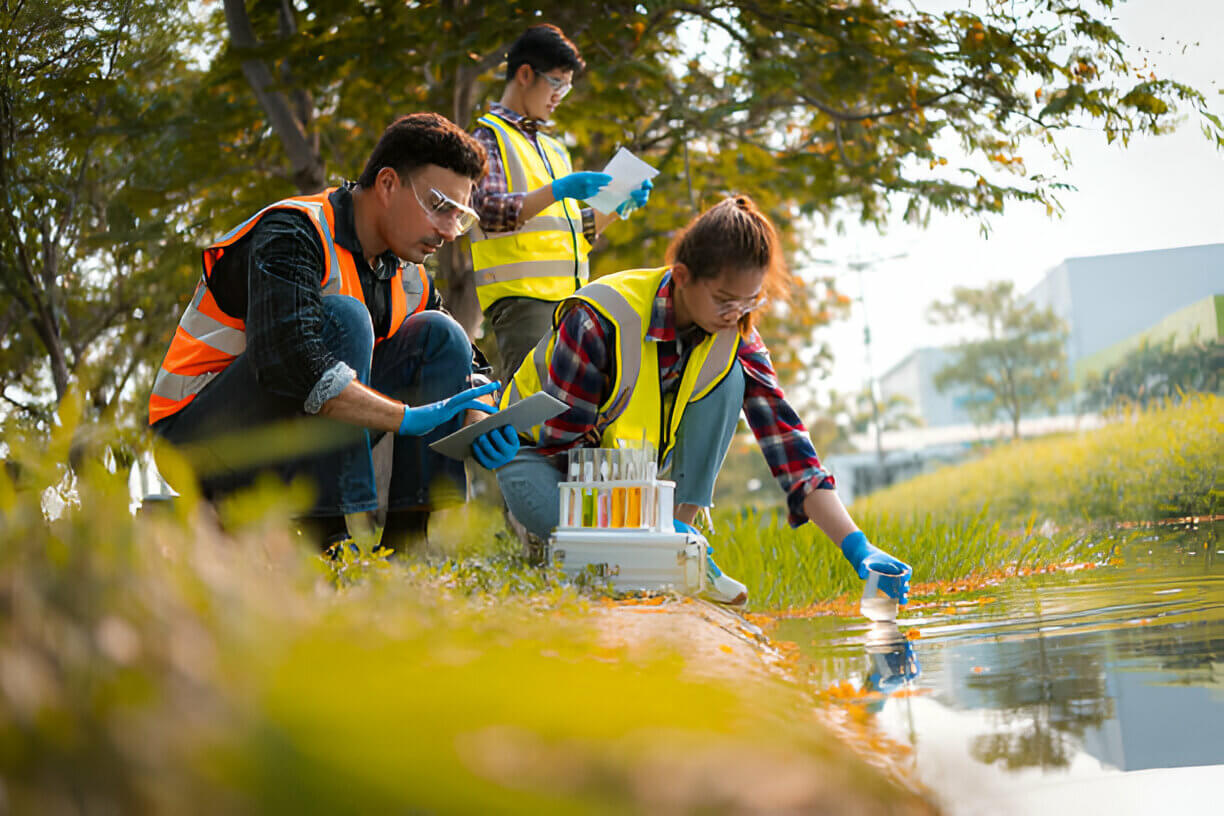What is Environmental Sampling with Phosphate Buffered Saline (PBS)?

Environmental sampling is a crucial process in detecting and quantifying microorganisms in various settings. One effective method for this purpose involves the use of Phosphate Buffered Saline (PBS). This article explores the role of PBS in environmental sampling and its application in microbial detection.
Understanding Phosphate Buffered Saline (PBS)
Phosphate Buffered Saline, commonly known as PBS, is a versatile solution used in laboratory settings. It's a non-toxic combination of water and salts, typically composed of sodium chloride, potassium chloride, potassium dihydrogen phosphate, and disodium hydrogen phosphate. PBS maintains a pH range of 7-7.4, making it suitable for various biological applications.
PBS in Environmental Sampling
In the context of environmental sampling, PBS serves as an ideal medium for collecting and transporting microorganisms. Its isotonic nature prevents cell rupture or shrinkage due to osmosis, ensuring the integrity of the collected samples.
The Sampling Process
Environmental sampling using PBS typically involves the following steps:
-
1. Preparation: A sterile swab in 10 ml of sterile PBS buffer is used as the sampling device.
-
2. Sample Collection: The swab is used to sample a surface, typically covering an area of 100 square centimeters.
-
3. Sample Processing: After collection, the swab is returned to the tube containing PBS. The tube is then thoroughly shaken to blend the sample, creating a 1:10 dilution.
-
4. Analysis: 1 ml aliquots of the sample are poured onto appropriate growth media, such as Compact Dry plates, for incubation and examination of typical colonies.
Advantages of Using PBS in Environmental Sampling
-
Non-toxic: PBS is safe to use and doesn't interfere with microbial growth.
-
Isotonic: It maintains the osmotic balance, preserving the viability of collected microorganisms.
-
pH Buffer: PBS helps maintain a stable pH, which is crucial for microbial survival during transport and processing.
-
Versatility: It can be used with various microbiological testing methods and growth media.
Best Practices
When conducting environmental sampling with PBS:
-
✅Wear gloves to prevent contamination during handling.
-
✅Follow proper incubation and interpretation guidelines for the specific growth media used.
-
✅Adhere to sterile techniques throughout the sampling and processing stages.
By utilizing Phosphate Buffered Saline in environmental sampling, researchers and quality control professionals can effectively collect, transport, and analyze microbial samples from various environmental surfaces. This method provides a reliable means of quantitative detection of microorganisms, contributing to better environmental monitoring and control.
Our ST-25 PBS Environmental Sampling Swab Test Kit offers a comprehensive solution for reliable microorganism detection and quality control. Pre-filled with 10ml of PBS buffer solution, this sterile kit features a high-grade cotton-tipped swab firmly fastened to a leak-proof cap, enabling efficient surface sampling across various environments. Its user-friendly design facilitates rapid testing for hygiene monitoring, pathogen detection, and sanitation verification, making it an essential tool for food facilities, laboratories, and any setting where maintaining strict cleanliness standards is crucial.










